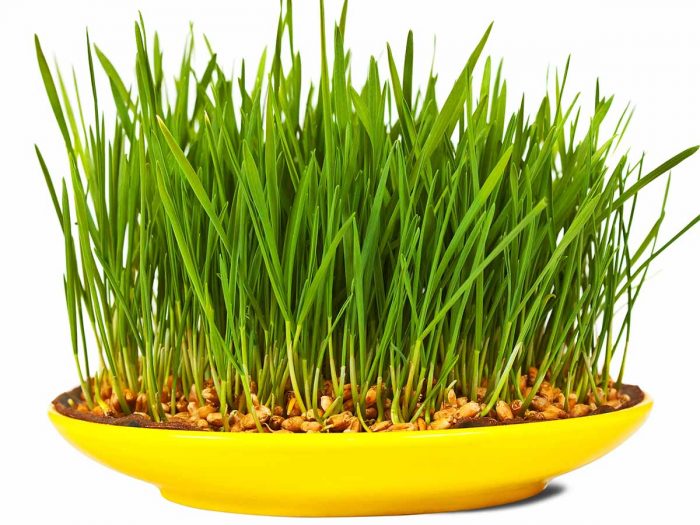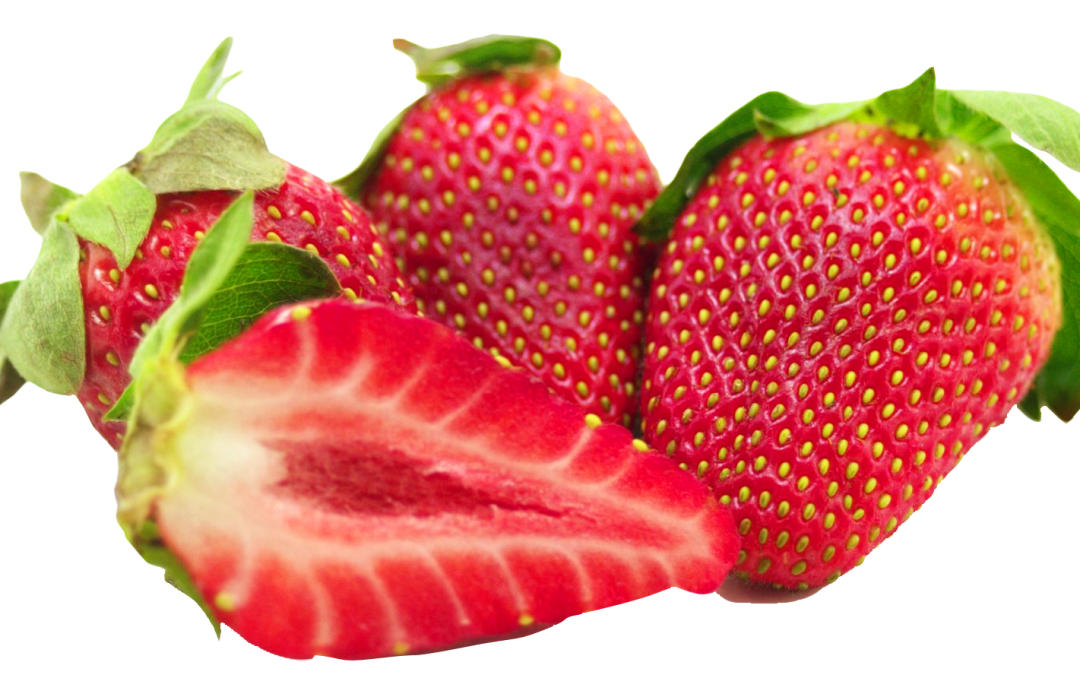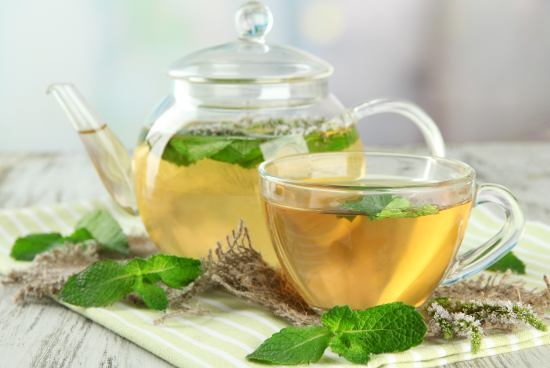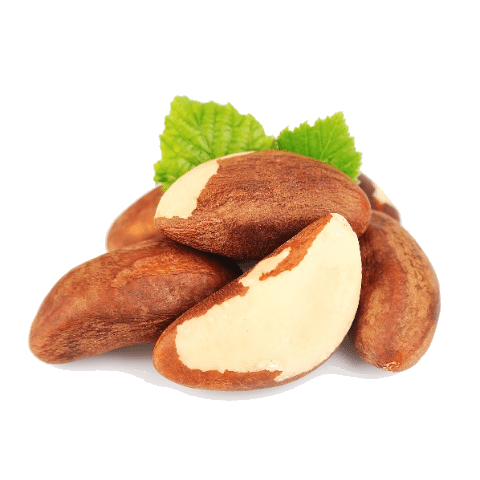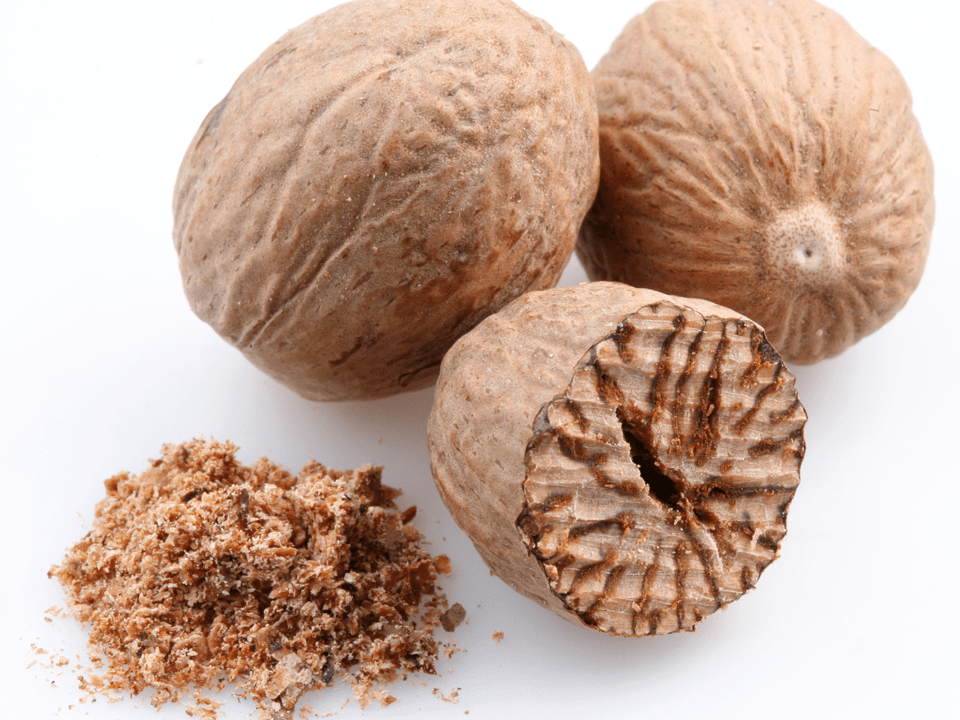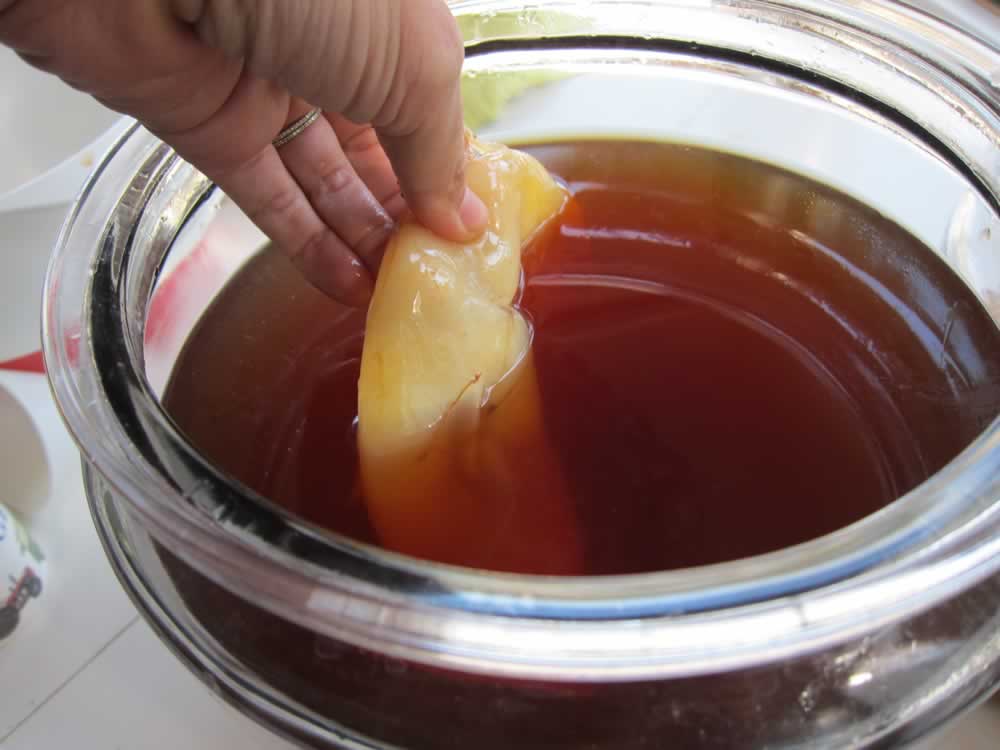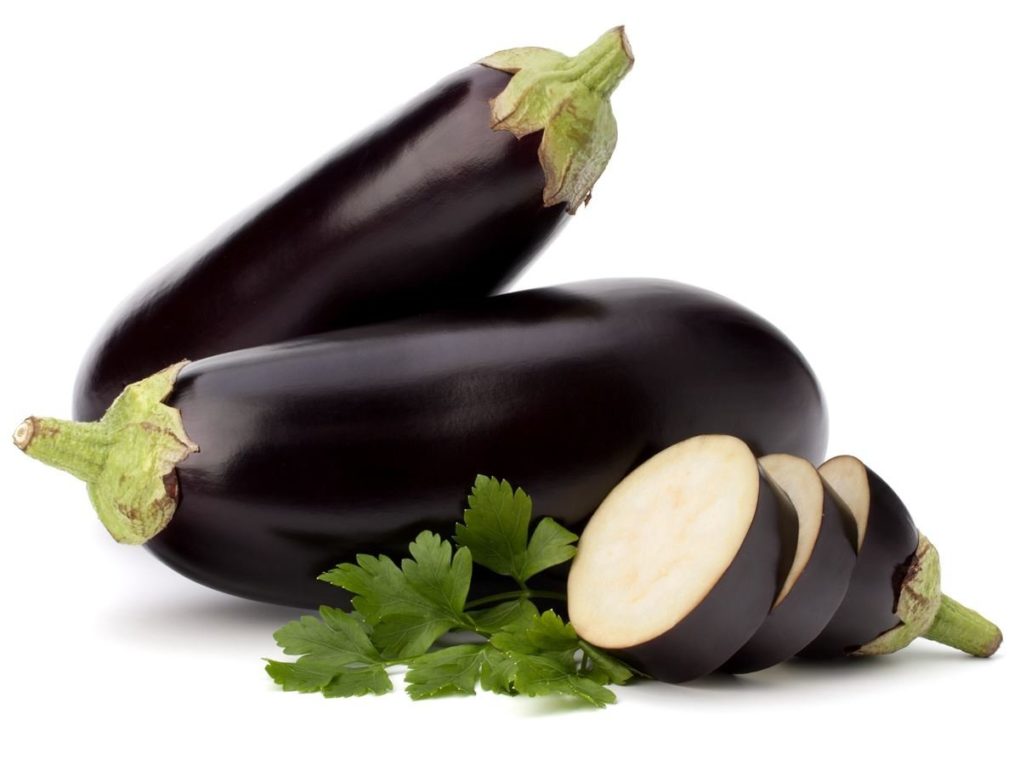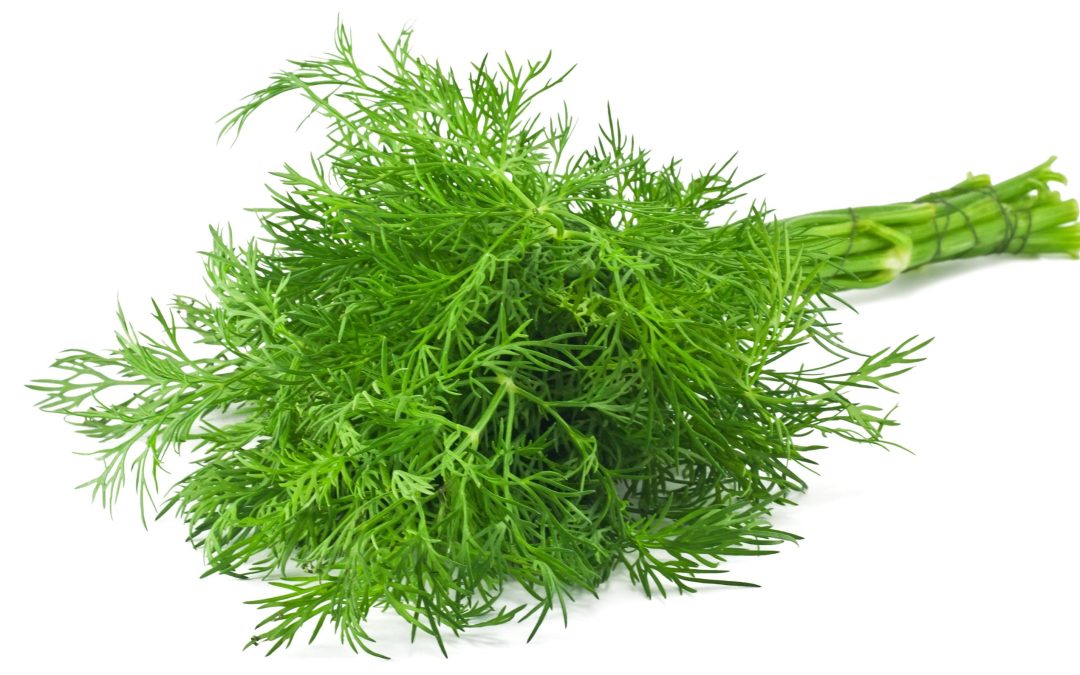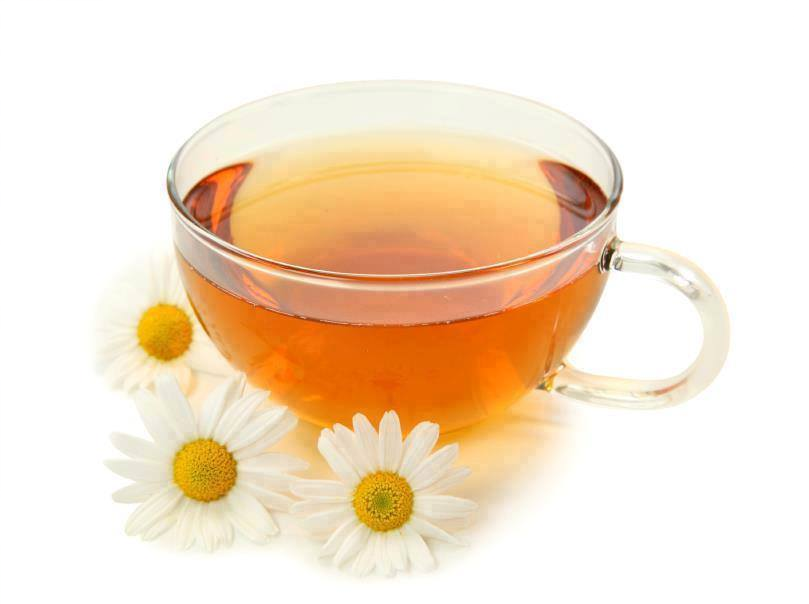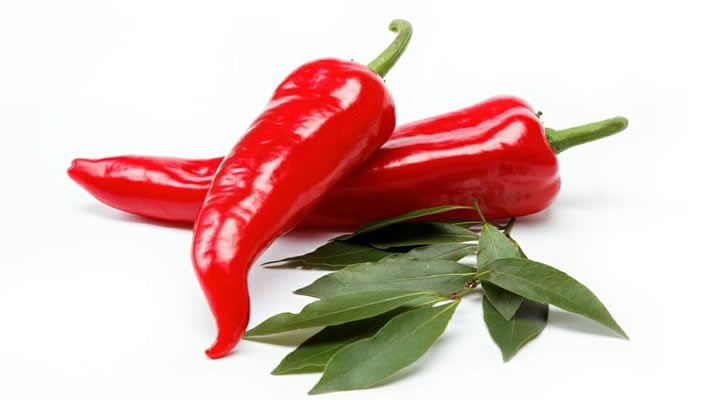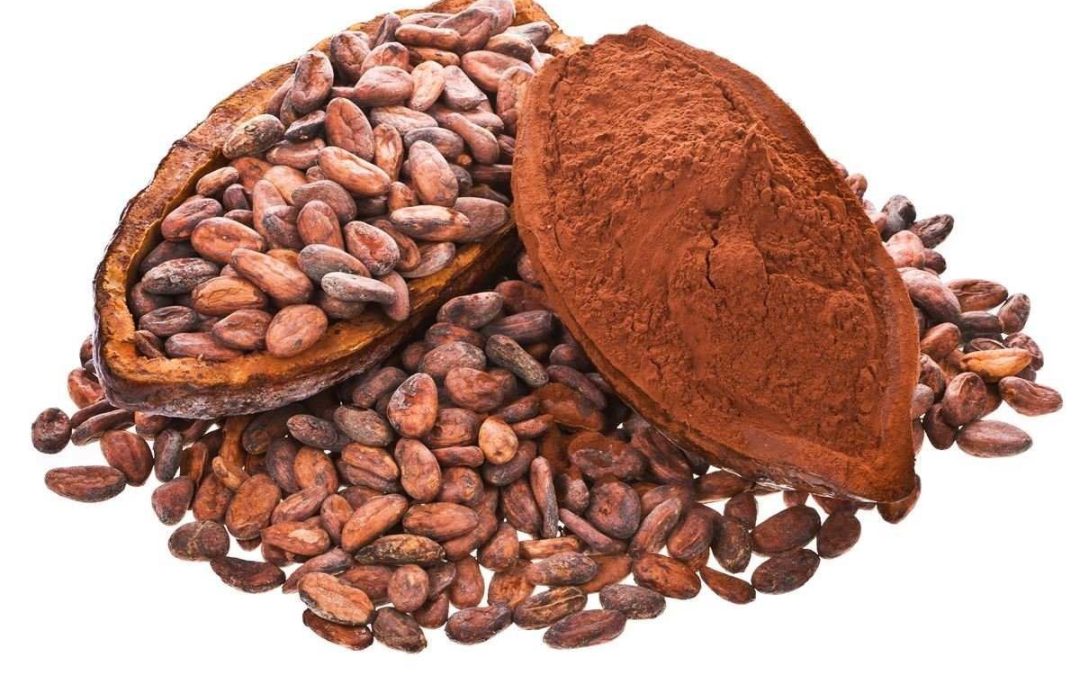The Recipe for Oleander Soup
Oleander extracts have been used as natural remedies for many centuries, perhaps for over 2000 years or more. Since 1966 an oleander extract has been used by professional modern medical practitioners in Turkey, Ireland, Mexico, Honduras, China, Russia and other parts of the world to successfully treat cancer patients, as well as patients with AIDS, hepatitis-C, psoriasis and other immune disorders. In many instances, oleander treatment was successful when other treatments had failed and the patients had been told there was no hope for survival.
A Brief History of the Oleander Plant Prior to Doctor Ozel’s Discovery
In the Bible, the oleander plant is referred to as “the desert rose”. Perhaps the name given this remarkable plant was no coincidence. As those of you who are fans of Dan Brown’s “The Davinci Code” or otherwise know a bit about pagan and early Christian religion already know, the rose is one of the most powerful of all religious symbols in pagan and early Christian religion and literature. It stands quite literally for nothing less than the feminine half of God, or the Goddess as that entity was called. It was also a symbol for very powerful healing.
Historical records show that the Mesopotamians in the 15th century BC believed in the healing properties of oleander. The Babylonians used a mixture of oleander and licorice to treat hangovers. Roman soldiers also regularly took an oleander extract for hangovers. Pliny, the Elder of ancient Greece, wrote about the appearance and properties of oleander. Arab physicians first used oleander as a cancer treatment in the 8th century AD.
Centuries later, in the 1633 edition of “The Herbal, or General History of Plants”, the author John Gerard says of oleander: “This tree being outwardly applied, as Galen saith, hath a digesting faculty; but if it be inwardly taken it is deadly and poisoness, not only to men, but also to most kinds of beasts. The flowers and leaves kill dogs, asses, mules, and very many of other four footed beasts: but if men drink them in wine they are a remedy against the bitings of Serpents, and the rather if Rue be added. The weaker sort of cattle, as sheep and goats, if they drink the water wherein the leaves have been steeped, are sure to die.” which indicates knowledge that the raw plant is poisonous, but that extracts of the plant were used medicinally. And, an oleander extract much like oleander soup is most likely the magic healing potion that led to the witchcraft accusation against Rebecca, the beautiful Jewish woman from the Holy Land, in Sir Walter Scott’s “Ivanhoe”.
In recent centuries, oleander has continued to be used in folk remedies and in commercial preparations in the Middle East, Russia, China and the South American rain forest. Currently, a Brazilian manufacturer is distributing an amazing supplement called OPC Extract worldwide, and the formula includes oleander extract already added into the OPC. So effective is OPC that the government of South Africa has approved and endorsed its use for treatment of the HIV epidemic in that country. Dozens of universities and institutions in South Africa are joining together to treat many thousands of indigent HIV and cancer patients. The initial reports of success are heartwarming to all!
If oleander plants are not readily available in the area in which you live, you can order them online from many nurseries. One warning however, it is a very common practice for nurseries to spray their plants with insecticides and I simply don’t trust any non-organic non-natural pesticides. The best bet, if you can’t otherwise locate wild or domestic oleander plants, is to find an organic nursery where the plants have been grown free of pesticides for several weeks, such as Rohdes, right in my own backyard, so to speak. The link to go to is beorganic.com. If you do order your oleander plants from a non-organic nursery, and I do NOT recommend doing that, you should care for the oleander plants with plenty of distilled water and organic fertilizer for several days or longer and frequently wash the leaves and stems several times before and after harvesting.
For those of you who may be uncomfortable with the idea of making your own home supplement, information on how to obtain the patented oleander extract Anvirzel™ and the OPC supplement is included on the final page of this book. For the rest of you: Happy cooking to all – live long, live healthy and live happy!
Please note: Raw oleander plant is extremely toxic. Do not handle or ingest raw oleander or any form of oleander that has not been prepared according to the recipe for “oleander soup€ in this book or the commercial products whose links are provided on the last page of this book. While raw oleander is toxic, there have been no reports of serious adverse reactions or side-effects due to properly prepared oleander extract taken according to directions. The most common side-effects are loose bowels, slight temperature and perhaps mild nausea, all of which should dissipate quickly as the body becomes acclimated to the extract.
This information is furnished for informational purposes only and nothing contained herein is intended to diagnose or treat any medical condition. Anyone with a medical condition or seeking medical advice is urged to seek out a qualified medical professional – preferably one well versed in integrative and/or naturopathic medicine.
Required Additional Disclaimer
WARNING: The oleander plant and all of its parts, in raw, uncooked form, is poisonous and toxic to all living animals. A small amount of the raw material, if ingested, can cause death. This booklet is intended for information purposes only and no medical claims are made here whatsoever. Follow the directions for cooking the plant material exactly, cooking it in boiling water for at least four (4) hours, straining the concentrate extract at room temperature afterwards. When cutting fresh oleander plants, do not allow the sap to contact exposed skin – it is toxic and will penetrate your skin. Wash with water immediately if accidental contact occurs. Seek immediate medical attention if raw oleander is ingested. Wear rubber gloves when cutting and handling oleander. Wash the gloves in water and soap after use. Failure to follow this warning can result in serious injury or death. No guarantees are made about this formula nor do i/we specifically recommend making it. The decision to make this formula is your decision. Due to the cardiac glycoside contents of oleander extracts and the digitalis like qualities thereof, anyone with a heart condition, high blood pressure, taking digitalis or digoxin, or on blood thinners may be at risk for stroke and should seek the opinion of a qualified health care professional, preferably one well versed in integrative medicine, before considering taking any form or oleander.
Materials Needed:
- Rubber gloves
- Garden Trimmers (such as small hedge trimmers or rose trimmers)
- Plastic trash bag or a large plastic shopping bag
- Large cooking pot
- Plastic or metal strainers (colanders)
- Paper towels or filters
- Coffee filters
- Steel tongs and/or steel screen or strainer type cooking ladle
- 20-ounce (591 ml) plastic water bottles (BPA-Free) or brown glass bottles
- Vodka or apple cider vinegar (organic non-distilled is best) for preservative.
To make your own potent oleander soup:
- Wear rubber gloves and use garden hand trimmers to trim oleander new growth stems and leaves 6″ from tip. Any part of the plant can be used, but trimming the new growth 6 to 8 inches from the tips will ensure that the plant lives. Six inches is best, because that easily fits into the boiling pot. If you use a larger or a smaller pot, cut the length of the leaves an inch less than the diameter of the pot.
- Put the cuttings in a plastic shopping bag. Avoid touching cut ends, use gloves, as the sap will penetrate skin and is toxic.
- Use a large porcelain or stainless steel steam pot, up to 12 quarts in size, into which you stuff the trimmings to 2″ from top. This is the same kind of pot used for making jellies and canning. Fill with water to the top of the trimmings. Pack the oleander down into the water and put the pot lid on, making sure the water level is at least two inches from the top, so it won’t boil over. Boil at a slow, rolling boil, steaming, with the lid on for 3.5 to 4 hours.
- Remove plant material with tongs and discard carefully, using tongs or a screen ladle. Be careful not to spill the liquid on you, it is hot. Volume remaining should be about 60 to 70% of the original liquid.
- Boil this slowly again for about 2 to 3 hours, reducing the liquid again by 50%, to about 30% of original liquid. Let this cool to room temperature, sitting covered for about two hours. This liquid should be as thick chicken soup broth, pouring easily into a straining pot.
- Strain the remainder through 4 layers of large and preferably unbleached coffee filters or filter paper using stainless steel colanders (in a pinch, one could use paper towels and plastic colanders, which are commonly available in grocery stores). Stack one on top of another with a filter (or towel) in between each. The top filter (or towel) may plug and need to be replaced. Use a soup ladle to slowly pour the liquid through the towels, straining into a two-quart pan or bowl.
- Repeat the filtering process using four or more layers of unbleached coffee filters. The original instructions did not call for this, however, it has been determined that additional filtrations is needed to remove larger organic compounds that cause the more common, though mild, side effects. See Tips and Advice.
- To preserve the product, you can mix the liquid which remains after the above boiling and filtering with equal parts of either 80 proof vodka (preferred) or else apple cider vinegar right off the grocers shelves, which should extend the shelf life by at least 6 months. For flavor, you may choose to add a concentrated organic flavoring, such as grape juice/grapeseed concentrate available at many health food outlets. Do NOT use flavourings which contain sugar, high fructose corn syrup or artificial sweetener.
- Using a funnel, pour into 20 oz plastic empty water bottles with tight lids, or better still, brown glass bottles, and refrigerate. Avoid direct sunlight on the final liquid, as it will degrade in sunlight.
Harvesting
According to the patent, both the leaves and stems can be used. In practice, many have also used the flowers. It is a good idea to try to pick parts that show new growth and/or which look fresh and vibrant, as they will have more of the oleander sap in them. I’ve found it pays off to look for plants that are generally healthy (not stressed by draught, old age or bad soil), and then to harvest the youngest, growing tips, usually on the lower part of the plant.
A standard plastic shopping bag, holds more than enough leaves and stems to make three 20-ounce bottles of the extract.
Handling
Use gloves (garden and/or household) to handle the plant material in all stages of harvest and preparation. It’s especially important to protect yourself while handling the raw plant, since unprocessed Oleander contains compounds that are toxic which are absorbed through your skin. To be honest, several people have landscaped with Oleander for YEARS, blithely handling all parts of the plant without protection and with no ill effects. But to be safe, don’t take chances. Don’t burn oleander leaves. The smoke is toxic.
Preparation & Washing
Before cooking, you need to wash the Oleander cuttings thoroughly, washing off the fresh cut leaves with a spray head water hose just like you commonly do with veggies you buy at the store is adequate, since the boiling process will kill any bacteria, virus or little worms and spiders that live on the leaves; however you may wish to use a commercial fruit and veggie wash. The straining process removes the residual solids, if any, including dirt. While washing, you have a chance to remove any dead or funky-looking matter. After thorough rinsing snip all the cuttings into pieces that are no longer than the width of the cooking pot.
Cooking
If you don’t have a tamale pot or similar mega-big pot, just use a large spaghetti pot. The best water to use for anything consumed is reverse-osmosis filtered water. However, because this is an orally consumed soup, special water is not necessary and good tap water should be fine. Be sure to cover the leaves, leaving an inch or two from the top of the pot to accommodate foaming and boil-over. Check on the liquid level every hour. You may add water to be certain the leaves are in the water. When first bringing to a boil, stay nearby because it tends to foam up and boil over pretty fast (due possibly to high glycoside content). Stirring is not needed. From this point, after the liquid is boiling, cover and leave the mixture at a steady slow rolling, slightly steaming, low boil for four hours – you want to keep it “cooking” without burning or boiling over. You only have to boil slowly, so steam is coming out of the lid at a steady rate, boiling for at least 4 hours, which is more than most recommend, but avoids having to add water constantly due to the lower boiling rate, which does not mean less temperature.
Straining
After boiling and taking out the plant materials with a screen ladle, or tongs, it is important to let the mix sit, settle, and cool to room temperature, at least two hours. Then strain through four paper towels in separate plastic strainers, stacked one on top of another, changing the top towel when it clogs. Pour out all of the boiled liquid matter, except for the sediment in the very bottom of the cooking pot. Dump the sediment in the trash.
We have found that to boil the strained mixture for an additional 4 hours, ensures the complete safe preparation of Oleander Soup
Next, strain again through 4 or more layers of coffee filters. It will take awhile, but the extra straining is the key to avoiding most of the common side effects reported by those who do not take this extra step. It should be noted that the patented Anvirzel™ is strained through less than 4 micron filters and no side effects are reported when taken orally.
Condensing
After straining, rinse out the pot, pour the remaining soup back in and let it slow boil to the desired condensation, or specific gravity. Boiling the liquid down more, condensing it to a lower volume is optional. Condensing down to about 40 oz. or 110 the original liquid saves the amount of preservative needed, using vodka or apple cider vinegar (organic non-distilled is by far the best), and with the more condensed liquid, you adjust the dosage to a smaller amount, to compensate.
Dosage
When taking, you hold the liquid under your tongue for thirty seconds, then swallow, per the Ozel patent. This is called the sub-lingual method, allowing the liquid to mix with enzymes produced in your mouth before swallowing.
Dosage trials should begin slowly, and should begin with ¼ to teaspoon or less of the 110 mix. You take small amounts at first, once or twice a day, building up your tolerance in your stomach and digestive systems. Increase dosage as you adjust, in 4 to 5 day increments, up to a tablespoon 3 times daily after meals. The dosage level varies with individuals, body weight, tolerance and side effects, i.e.: vomiting, diarrhea, and nausea. You take what is within your “comfort zone”, since this is a long-term program, not a quickie, increasing dosage in small amounts, with tolerance.
After the cancer is gone, what do you take for maintenance? There is not a lot of research here. Doc Ozel’s patent says take a dose a month. Personally, I would say to take three doses a week for life (I do), since it is almost free, and you can make a years supply in less than a day.
Article Credit : Tony M. Isaacs author of Cancer’s Natural Enemy
Photo Credit : Shutterstock.com



